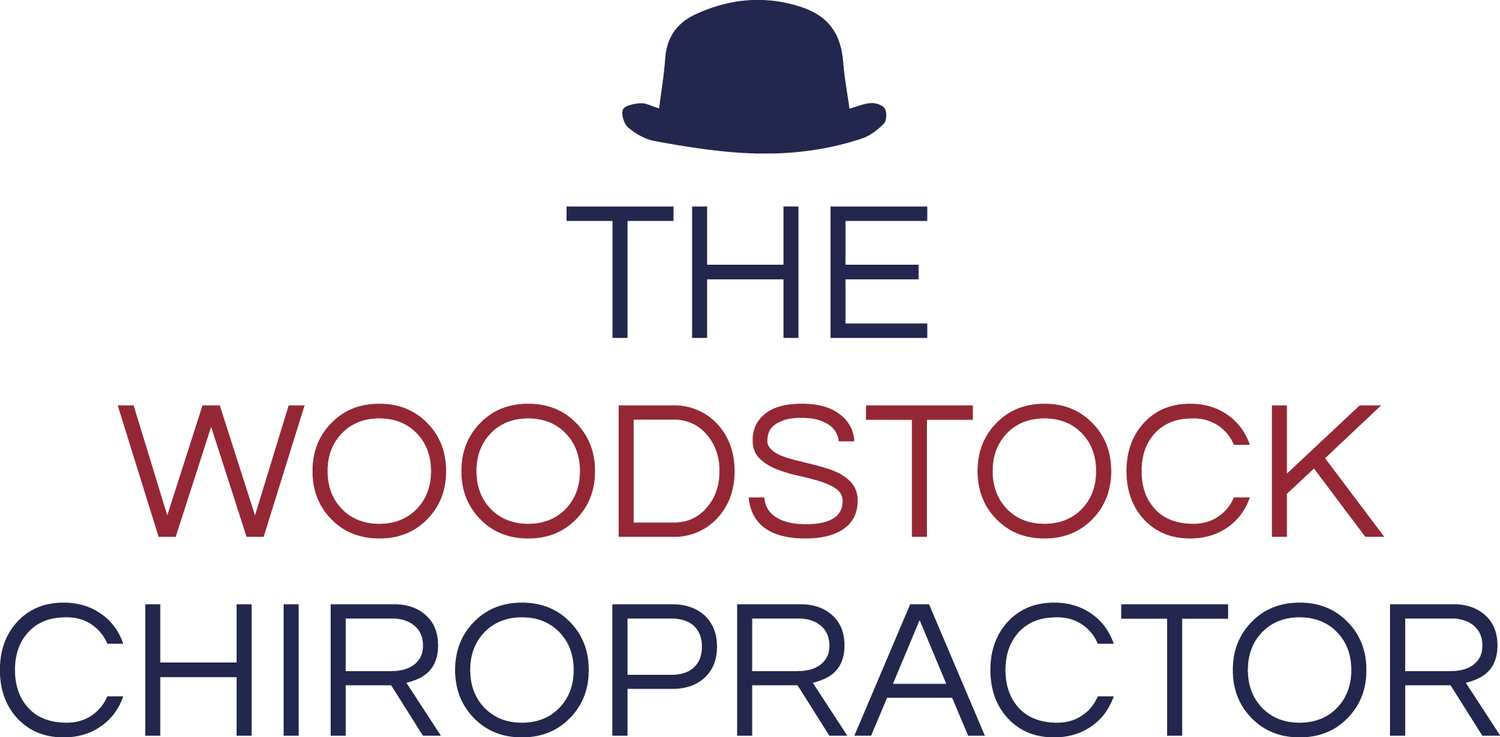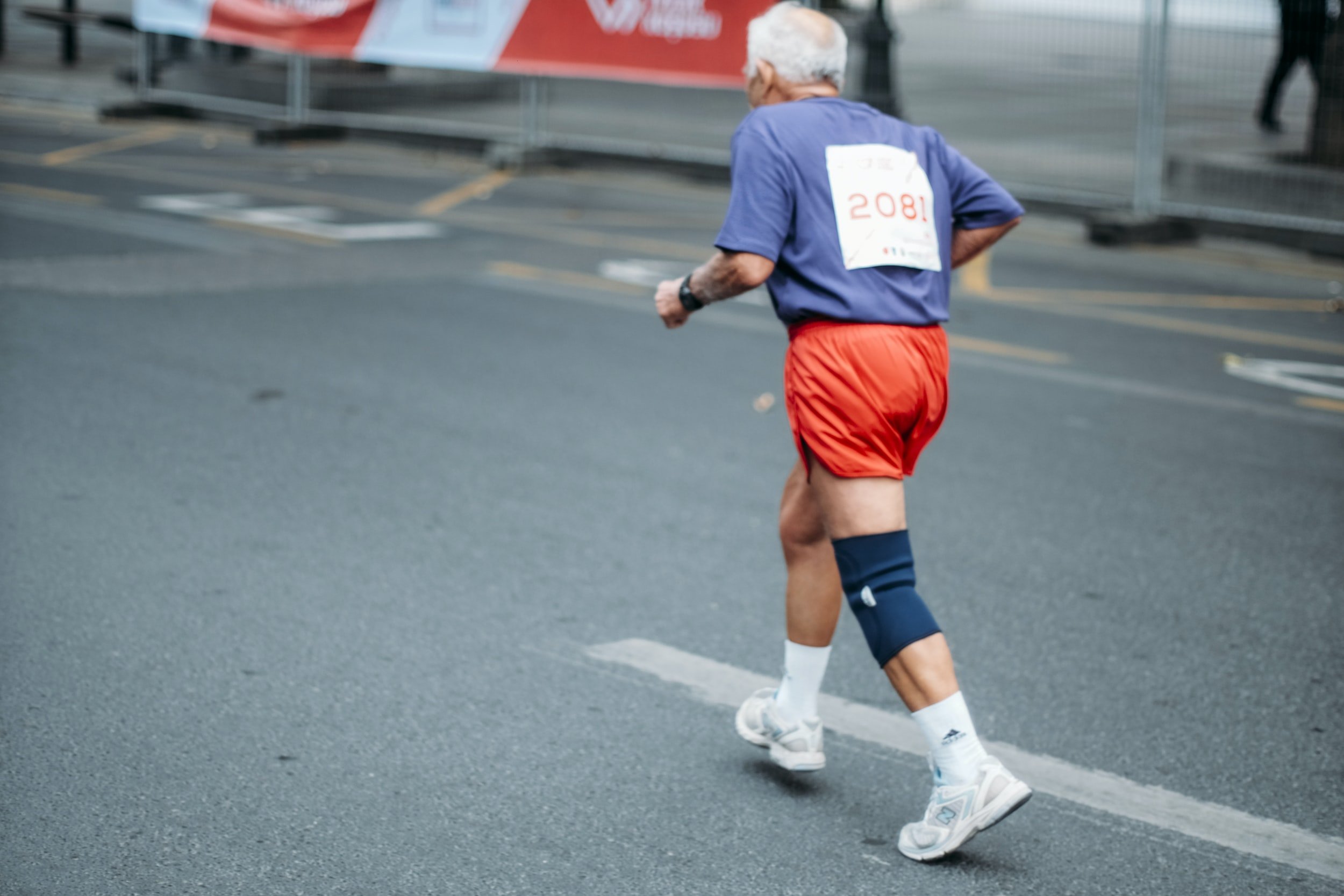Active ageing
Should I keep exercising as I get older? Is it bad for my joints to exercise? Can I keep exercising with arthritis?
Are you Active Aging?
You can lose as much as 3% to 5% of their muscle mass each decade after age 30.
Did you reach a time in your life when you thought to yourself ‘I’m too old to exercise now, I should probably stop’ or maybe ‘If I keep exercising, I’m going to get injured’? If you did then you’re not alone, research shows that just 25% of people regularly exercise between the ages of 65 and 74. 👴 👵
There is a common misconception that many of the symptoms we associate with ageing such as balance issues and weakness are just due to us getting older when in fact this is more a result of inactivity! Regular exercise can help mitigate many of these physical changes however it can also improve your mental health. According to Alzheimers.org, regular exercise can reduce your chances of developing dementia by 33%. 💪
Age-related muscle loss, called sarcopenia, is a natural part of aging. After age 30, you begin to lose as much as 3% to 5% per decade. Most men will lose about 30% of their muscle mass during their lifetimes.
Less muscle means greater weakness and less mobility, both of which may increase your risk of falls and fractures. A 2015 report from the American Society for Bone and Mineral Research found that people with sarcopenia had 2.3 times the risk of having a low-trauma fracture from a fall, such as a broken hip, collarbone, leg, arm, or wrist.
🤔 What if you’re thinking ‘I’m worried about falling and getting injured’? Understandably falling over is an increasing worry as we age however by working the muscle around your legs and core you will increase their strength and reduce your chances of falling. Weight-bearing exercises are also one of the best ways to improve your bone density and decrease your chance of fractures.
✅ So, what if you have received a previous diagnosis of Osteoarthritis and exercising is painful?
There are multiple studies that show consistent exercise actually reduces pain and improves function in arthritic joints. There is a huge variety of exercises and sports that you can try. If high impact sports like running are too painful then why not try swimming 🏊♀️ or cycling 🚴 instead?
If you want something that’s easier to do at home then try an online yoga 🧘♀️ or Pilates stretching 🙆♂️ class, there are plenty available and many that are aimed at beginners.
To combat muscle loss, doing quicker movements against resistance, like one's own body weight, can be an effective means of developing power and improving muscle mass.
For instance, when rising from a seated position, try to do it quickly. When climbing stairs, hold the handrail and push off a step as fast as possible. "It does not have to be every step—begin with one to three steps—but this teaches your muscles to use strength in a more effective way."
Here are 5 key benefits to keeping active as we age:
Reduced risk of conditions such as heart disease and diabetes
Increase bone density which prevents fractures
Reduced muscle atrophy (muscle wasting)
Reduce your risk of falls
Increased cognitive function which can decrease your chances of developing dementia
For more information about strength and conditioning speak with your chiropractor!

